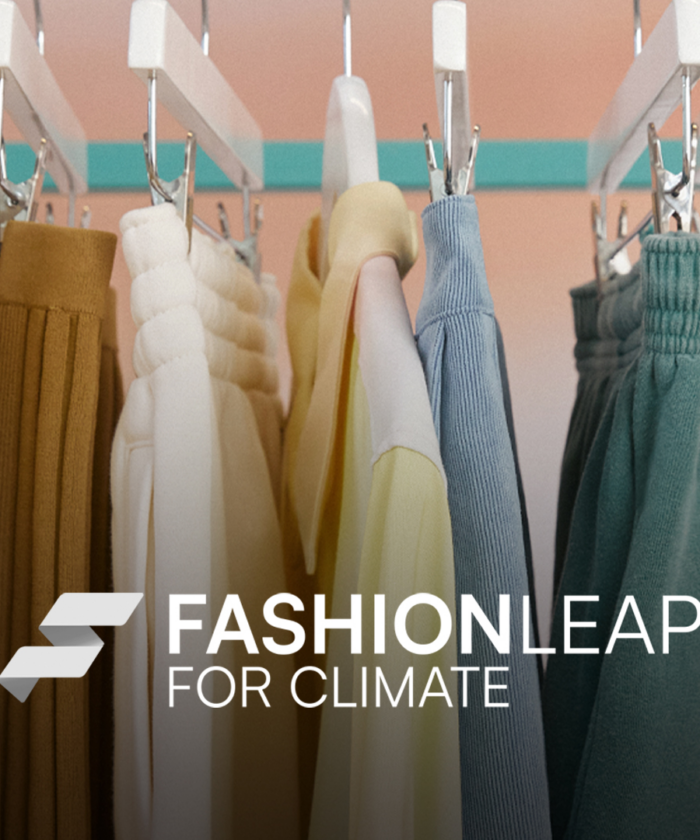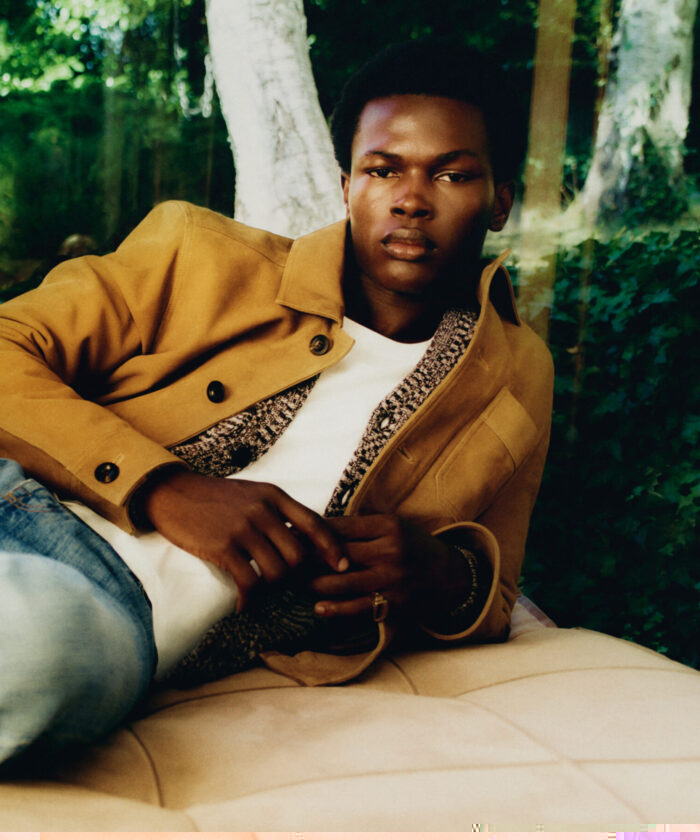This February, the whirlwind of Fashion Month once again commences, a phenomenon that has grown from intimate events hosted in Paris couture salons for privileged clientele in the 1800s to fully immersive brand experiences. Elizabeth von der Goltz, Global Buying Director at NET-A-PORTER, tells us how, from her insider perspective, Fashion Month has evolved.
Tradition meets modern experience
Fashion week has changed dramatically over the last decade, while not changing at all at the same time. Each city still has almost the same roster, with many fashion houses still showing on the same day and time they did decades ago. How these shows are presented however has evolved, some leaping into the digitalized future of 360 brand experiences while others choose to go back to the past for inspiration.
Last season, not only did Gucci move their show from their usual Milan slot to Paris, they also morphed the catwalk show into a theatre performance, designed with Instagram in mind. By contrast, in 2016, Hedi Slimane recreated the original intimate concept of a ‘fashion show’ by presenting his final Saint Laurent collection in YSL’s Hotel de Sénecterre atelier to only a few invited VIP clientele, who had their names engraved on tiny gold nameplates.”
Localisation
“Fashion month used to be defined around four nuclei – New York, London, Milan and Paris. Now we are seeing hotspots popping up from Copenhagen and Seoul to Sydney and Kiev. As a buyer, this means my team is constantly on the move, from show to show, city to city, meeting new brands and seeking out inspiration for our customers. Last season we went to Tbilisi as well as Berlin, and this season we are adding Tokyo and Shanghai, which promise to be exciting additions!
Given that nurturing brand partnerships and identifying new trends are two central pillars of our business at YNAP, being present at today’s ever-more international calendar of shows is crucial.
Democratisation by social media
“Democratisation may sound extravagant, but looking back at the first fashion week I attended, the social media wave really has been that seismic. When I first started, shows were almost purely for industry insiders – retailers, press and some VIP clients. Now, fashion houses have peeled back the secretive allure that once shrouded catwalks, creating a more inclusive setting.
What makes today’s model so different is the accessibility and volume of fashion month content, which the public can watch instantly, be it on bloggers’ social or in the press, ultimately opening fashion month to everyone.
Given that fashion aficionados are one of the largest and most active communities on social media – watching 23 times more videos and posting 16 times more than your average Instagrammer – it is an opportunity brands cannot miss. For a brand to exist today, it must be online, foster relationships with opinion leaders, and engage in conversations with its followers, and fashion week is a key moment for this engagement.
In a nutshell, for me, fashion month’s evolution is the merging of a sense of tradition, with increased inclusivity, experimentation and boundary pushing.”




